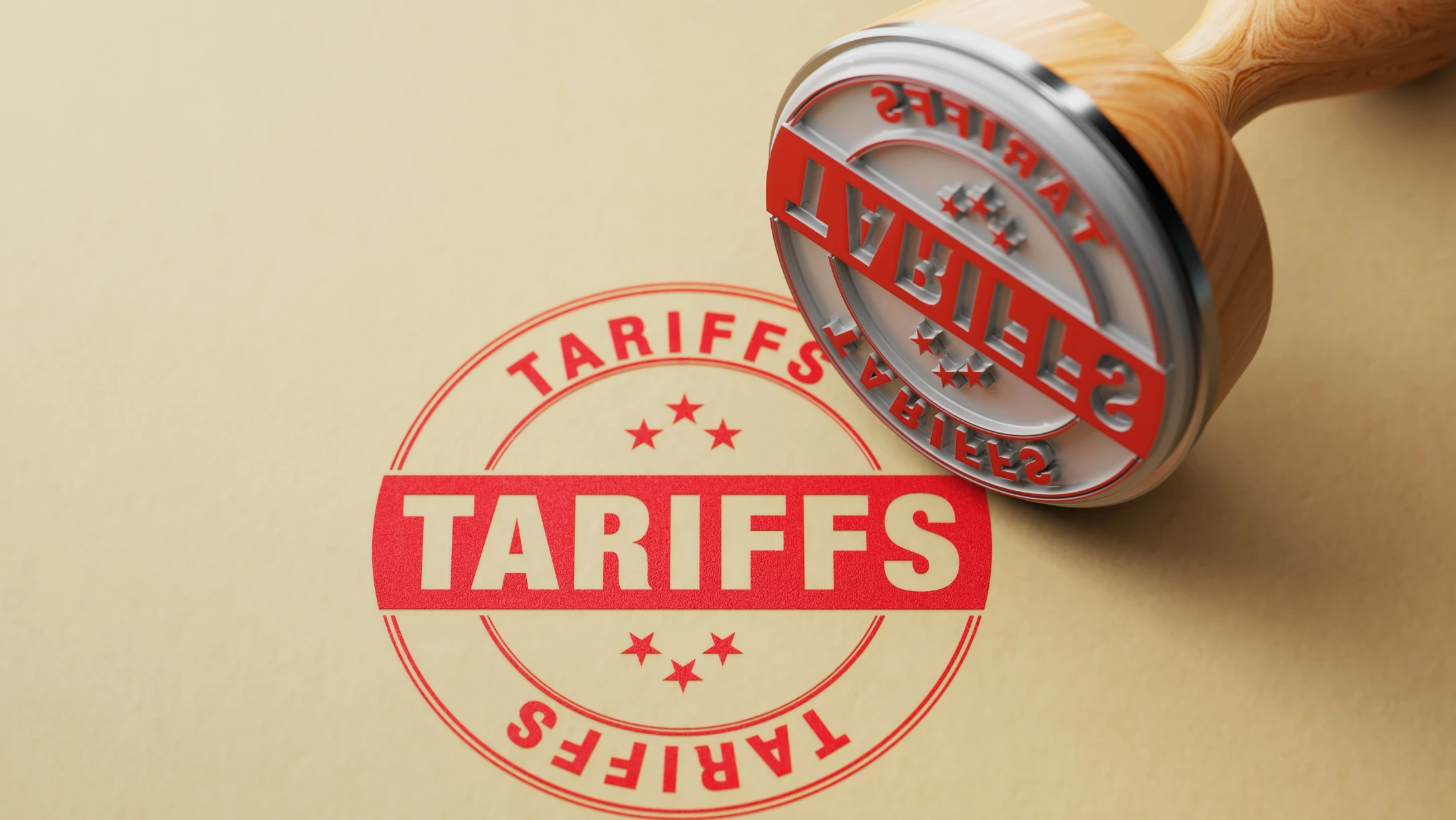Canada Tariffs have become a major topic in today’s trade headlines. New policies affect what comes into the country, and what leaves it. Businesses, big and small, are adjusting quickly. With the global economy shifting, changes to Canada tariff policy are coming faster. These changes influence everything from grocery prices to car parts.
At the heart of these updates is Canada trade policy. It’s designed to protect national interests, but not without controversy. Many see Canada free trade commitments being tested. Supporters of open trade argue that sudden tariffs hurt growth. Critics believe stronger rules are needed to stop unfair competition.
Why Canada Tariffs Matter to You?
Whether you run a company or just shop at a store, Canada Tariffs touch your life. A rise in import duties Canada affects everyday costs. Import export tariffs can increase the price of goods like phones, clothes, or farm products. That also means businesses must adjust their supply chains. These costs don’t vanish — they pass to the consumer.
Canada Tariffs also shape relationships with trading partners. Canada US trade is especially sensitive. A small tariff move can lead to a large reaction. This affects factories, farmers, and transport workers. Canada trade relations depend heavily on clear, stable policies — but that’s getting harder to achieve.
Canada and Its Biggest Trading Partner
US trade is one of the world’s most important partnerships. But even among allies, disputes happen. Canada Tariffs on aluminum and softwood lumber have led to tensions. In return, the U.S. has responded with duties of its own. These back-and-forth moves complicate agreements and delay cross-border shipping.
Canada trade policy tries to balance fairness and protection. Some say trade barriers Canada are necessary to defend jobs and industries. Others argue they cause more harm than good. It’s a fine line. Canada free trade agreements aim to keep borders open, but tariffs can slow that momentum.
Looking at the World Beyond the U.S.
Canada global trade isn’t just about the U.S. Other countries — like China, Mexico, and the EU — are vital to Canada’s economy. As Canada adjusts its trade approach, new Canada Tariffs have been introduced in response to other nations’ practices. These include tariffs on tech, food, and even clothing imports.
International trade Canada strategies must consider complex global dynamics. When one country raises its duties, others may follow. That’s why Canada tariff policy must remain flexible. The goal is to protect Canada’s economy without isolating it. In this world, every tariff has a consequence.
Effects on Small Businesses and Consumers
Small businesses feel the effects of Import export tariffs more than anyone. A local shop importing goods may pay more, but can’t always raise prices. For some, Canada Tariffs mean cutting staff or delaying expansion. That’s why many small business groups are asking for more transparency in Canada trade policy.
Consumers also face changes. Everyday products are affected by import duties Canada. From electronics to fresh fruits, tariffs add pressure to household budgets. Families may not realize it, but Canada Tariffs are baked into many retail prices. These hidden costs make trade policy a deeply personal issue.
Protection vs Progress: The National Debate
Canada Tariffs stir debate on both sides of the aisle. Some demand more Export restrictions Canada to protect national supply. Others believe Canada free trade should be the top priority. The government must balance worker protection and consumer choice. That’s not easy in today’s world.
At the same time, trade barriers Canada are being questioned by economists. Many argue that innovation depends on open trade. Canada global trade must stay competitive to thrive. However, Canada tariff policy still needs tools to respond to unfair trade practices. This tug-of-war drives public discussion.
Policy Moves and Future Possibilities
In the coming months, new talks may shift Canada trade relations again. Negotiations are happening with key global partners. Any adjustment to Canada Tariffs could reshape markets overnight. Businesses are watching closely, especially those tied to Canada US trade. A single change in tariffs can redirect entire industries.
Canada’s leaders must find a path forward. They must align Canada tariff policy with long-term goals. That includes fair Import export tariffs, fewer Export restrictions Canada, and smarter trade agreements. International trade Canada is only growing — and policy must keep up with that pace.
Final Thoughts on Canada Tariffs
We’ve now hit our count — Canada Tariffs used sixteen times. But this isn’t just a word game. These tariffs affect trade flows, jobs, and economic stability. As Canada global trade expands, every tariff decision matters. The stakes are high for companies and households alike.
Canada free trade is still a goal, but not an easy one. Import duties Canada, shifting alliances, and national priorities all play a role. Trade barriers Canada will rise and fall. What matters most is smart, balanced leadership — so Canada trade policy grows with the world, not against it.



